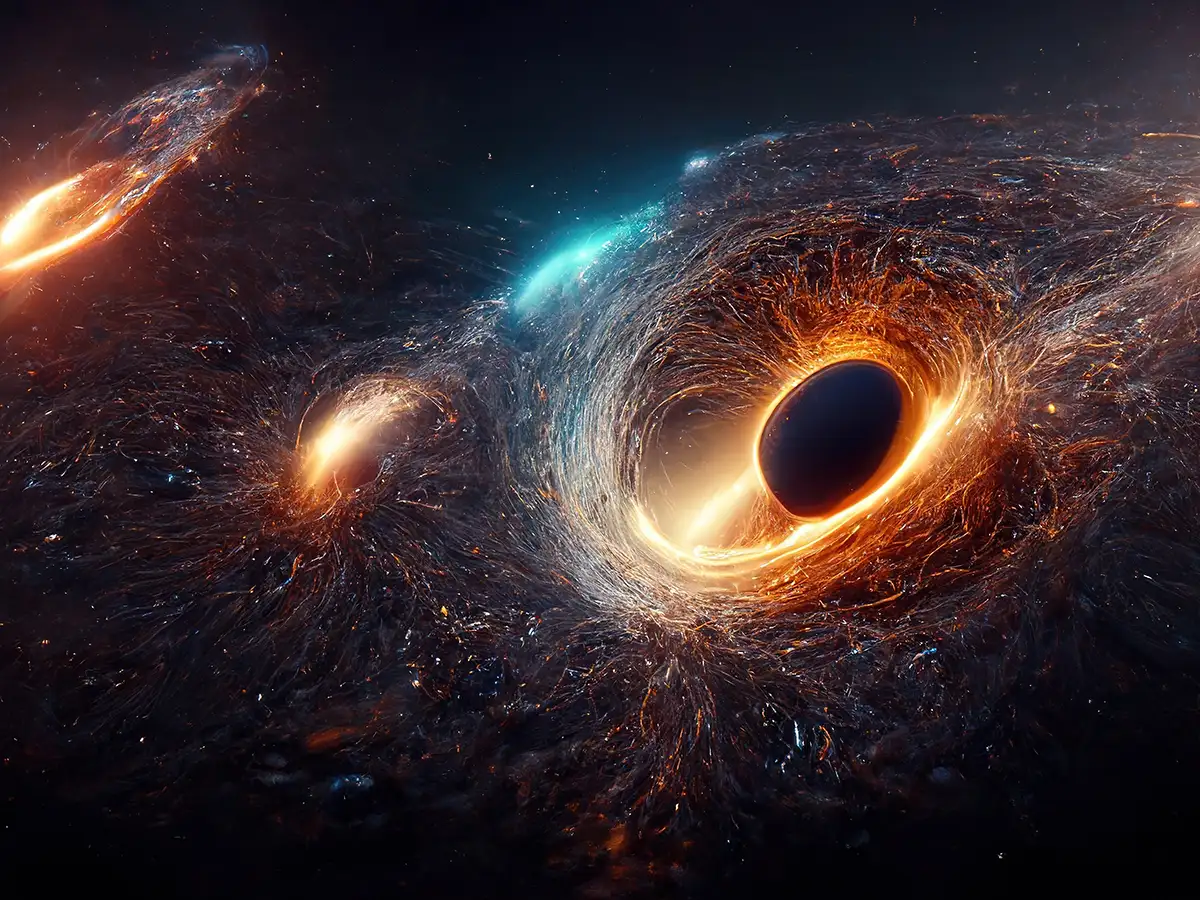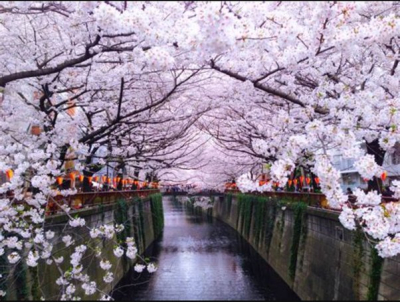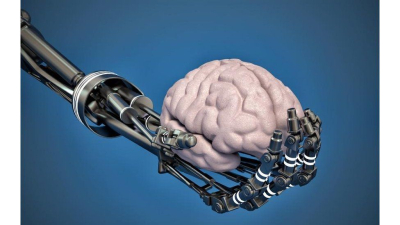Ever wondered what the cosmos smells like?

Well, wait, can you smell in space? It is a vacuum, right? The space is empty. And if you were out in space, you cannot risk taking off your helmet and try smelling the cosmos. Our noses wouldn't work in a vacuum and doing so can lead to a casualty. But we do know what the space smells like. It is metallic.
Astronauts who have been abroad on the ISS have said that they experienced a metallic aroma on the surface of their spacesuits. They can't smell outer space when they are floating in it. But once the astronauts were back in their space station and removed their helmets, they always said that there was a metallic aroma. Their suit, helmet, gloves, and tools would get permeated with this distinct smell.
Most astronauts have defined the smell as that of burning metal, gunpowder, ozone, seared steak and so on. The smell of outer space is important because it can tell us a lot about the chemical composition of our galaxy. There have been many theories concerning the distinct smell. Let's learn more about the smell.
Probable explanations
One of the explanations for the smell of space is the chemical reaction (oxidation) that occurs in the spacecraft during re-pressurisation. Oxidation happens when the atomic oxygen (single atoms) clinging onto the spacesuit of the astronaut combines with the O2 in the cabin during re-pressurisation and make ozone (O3).
The other explanation is even more intriguing. It says that the smell is that of dying stars! A lot of energy gets released when a star dies. As a result of this process. Many pungent compounds such as polycyclic aromatic hydrocarbons (PAHs) are created and these float around in the universe. The PAHS when combined with air within the spacecraft may be responsible for the unique smell.
NASA's perfume
Did you know that NASA tried to recreate the smell of space? This happened in 2008 when the space agency contacted chemist Steve Pearce to recreate the smell. It took him four years to come up with the smell. It was used for astronaut training purposes and to get the astronauts accustomed to the smell of space beforehand. Later, a perfume was released in the public domain by the chemist's company using the formula. The perfume christened "Eau de Space" mimicked the smell of space.
Picture Credit : Google



